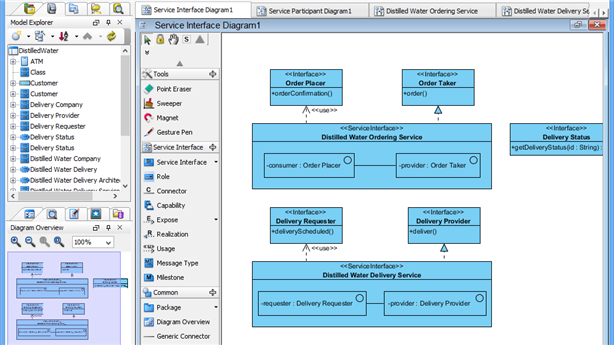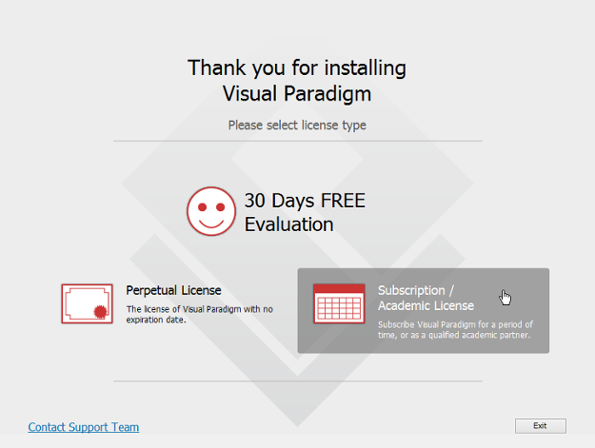
Leverage the best practices employed by exemplary Blackboard practitioners Explore three foundational conceptual frameworks: active learning, multiple intelligences, and universal design for learning Increase student retention and success Visual Design for Online Learning is an essential reference for all online educators-both new and experienced. In the Select File Associations page, keep Visual Paradigm Project. Keep Create shortcuts for all users checked if you want the shortcut(s) to be available in all the user accounts in the machine.

Specify the name of the Start Menu folder that will be used to store the shortcuts. In fact, visual elements have been shown to increase student participation, engagement, and success in an online course. Specify the directory for installing Visual Paradigm. There has been a steady increase of over 10% in online enrollment for higher education institutions since 2002, yet the visual look of online courses has not changed significantly in the last ten years.Īdapting to the needs of students within online classes is critical to guiding your students toward success-and the right visual elements can play an integral role in your students\' ability to learn and retain the information they need to thrive in their chosen programs. Ultimately, the author guides you in developing effective visual elements that will support your teaching goals while reinforcing the learning materials you share with your students.

This resource explores critical issues such as copyright, technology tools, and accessibility and includes examples from top Blackboard practitioners which are applicable to any LMS. The text builds upon three conceptual frameworks: active learning, multiple intelligences, and universal design for learning. Written for both new and experienced instructors, the book guides you in adding pedagogically relevant visual design elements that contribute to effective learning practices.
#Visual paradigm update
Update the visual design of your course in pedagogically sound ways Visual Design for Online Learning spotlights the role that visual elements play in the online learning environment. This paradigm relies on two seminal work published by Cooper and by Tanenhaus, Spivey-Knowlton, Eberhard, & Sedivy ().In a typical eye tracking study using the visual world paradigm, participants’ eye movements to objects or pictures in the visual workspace are recorded via an eye tracker as the participant produces or comprehends a spoken language describing the.


 0 kommentar(er)
0 kommentar(er)
